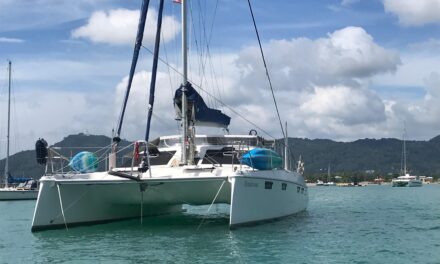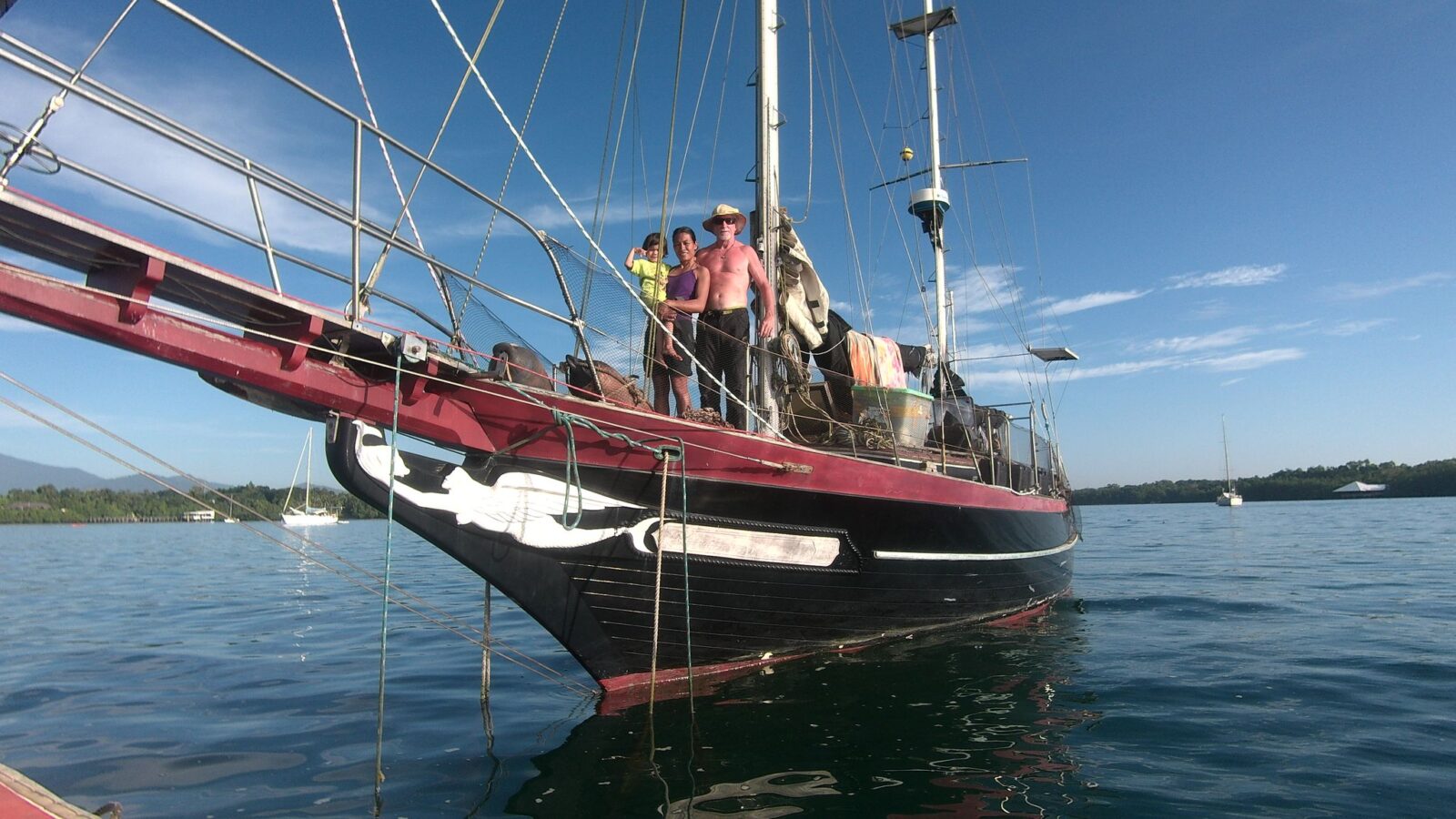
El Cap’s Iron Hawk Speed Record Cut in Half

El Cap’s Iron Hawk Speed Record Cut in Half
Brandon Adams and Roger Putnam climbed the aid route Iron Hawk in 15:37, taking 15 hours off the record set by Ammon McNeely and Cedar Wright in 2004
sgPhoto by: Roger Putnam
Starting at 5 a.m. on June 7, big wall speed climbers Brandon Adams and Roger Putnam sped their way up the 2,000 foot 5.10 A4 Iron Hawk on El Cap’s steep southeast face, making the first in-a-day ascent at 15 hours 37 minutes. This marks Adams’s eleventh El Cap speed record and Putnam’s seventh.
The previous record, set by Ammon McNeely and Cedar Wright in 2004, was 30 hours 42 minutes. In 1996, Dave Bengston, Scott Stowe, and Steve Gerberding climbed the route in 33 hours 50 minutes.

Putnam and Adams cut the previous record practically in half. SuperTopo says the route takes most parties seven days.
“This was my longest push,” Putnam says. “I’ve done three different double El Caps (in a day), but this was the longest time I’ve spent on a single route.”
“Most of the time we climb, we’re super excited and can’t wait to lead our pitches,” Adams says. “However, on this climb, which has loose rock, a huge roof, traverses, and vertical nailing up flaring, expanding flakes, we weren’t looking forward to them.”
“It’s a fine adventure route,” Adams continues. “It doesn’t have the sheer quality like Tribal Rite and Mescalito, but it’s one of those routes that lifelong El Cap climbers have to do.”
This marks Adam’s 54th ascent of the Big Stone via 33 routes and two first ascents (Ephemeron and Neptune). Putnam has made 73 ascents via 16 different routes. Together they’ve set six El Cap records, including Waterfall Route, Iron Hawk, Mescalito, Muir Wall, The Shield, and Flight of the Albatross.

The first five rope lengths on Iron Hawk traverse west, and midway up it heads west again for four more pitches, then it goes east for the next few. All this zig-zagging makes upward progress slow. Adding to this, the lead rivets and many belay bolts are still in place from Dale Bard and Ron Kauk’s first ascent of the line in September 1978. This means the original hardware on the route is now more than 40 years old. Many aging copperheads also remain in place, though a few fell out during Putnam and Adam’s ascent. Pitch after pitch, they encountered old fixed gear and tat bleached white and made crispy by the sun.
“There is miles of garbage hardware on that thing,” Putnam says. “I can’t think of the last time it was climbed.”
After the bulk of the aid pitches, toward the top, there are two back-to-back runout free pitches rated 5.9 and 5.10. Since the two climbers didn’t want to do these in the dark, they hurried through their leads, which added stress to their ascent.
Though Iron Hawk is a well-known El Cap route, Putnam and Adams believe many parties don’t do it because it’s not as striking as the mega classics Zodiac and Lurking Fear. SuperTopo says it’s comparable in difficulty to Zenyatta Mendatta.
Putting aside the physicality of the route, it’s in a golden part of the wall.
Stand-out moments on their climb include pitch 9, the horizontal Knifeblade Traverse, rated A4. Here beak tips and fixed circleheads secure the climbers as they moved horizontally over an ankle-breaking ledge below. Midway through his lead, Adams put a hook on a flake that suddenly shifted under his weight. After backing off the placement — and out of options — he called out that he was dropping a rock.
“It was moving incredibly easily,” Adams says. “Roger and I agreed to trundle it because it was so dangerous. We yelled and yelled (rock!) and pulled it off. It was three feet by one and a half feet tall by one foot deep. It came off with one hand and with five pounds of pressure.”
Echoing Adams’s statement regarding rock quality, Putnam says, “We had an adventure and spent some quality time together. Brandon is one of my favorite people in the world. But man, not a good route.”
“It’s just not a style of climbing that we’re into. It’s not the difficulty, it’s the traversing and the consistent expanding features, the poor hardware, and the vertical nailing. Those things are just not comfortable. It’s a classic; it’s just not a style of climbing that’s in favor.”

Adams is a former Yosemite climbing ranger who will soon be attending Paramedic school in Philadelphia. Putnam, a professor of professor of Geology and chair of the Earth and Environmental Science Department at a Moorpark College in California, is also a guidebook author. His upcoming book, co-authored with Vitaliy Musiyenko, is Technical Climbs of the High Sierra. It contains 930 routes and 400 topos and is due out later this year.
Putnam, Adams, and their friend Patrick Rizzo are planning to do the 12,000-foot long Evolution Traverse (5.9) in the coming weeks, considered by some as the best traverse in the Sierra Nevada. Adams also has his eye on the North America Wall on El Cap. Additionally, he wants to repeat (with the author) his 13 pitch 5.12c route Wayward Son on Lost Brother in Yosemite.
Back to their 15-hour ascent of Iron Hawk, “We’re up there chasing laughs,” Adams says of why he did it. “That’s ultimately the goal. It’s location climbing, and you’re with your friends. It’s the greatest adventure if done right.”
Below is a video from 2008 that shows a low section on Iron Hawk:
Lead photo: Roger Putnam

























Recent Comments